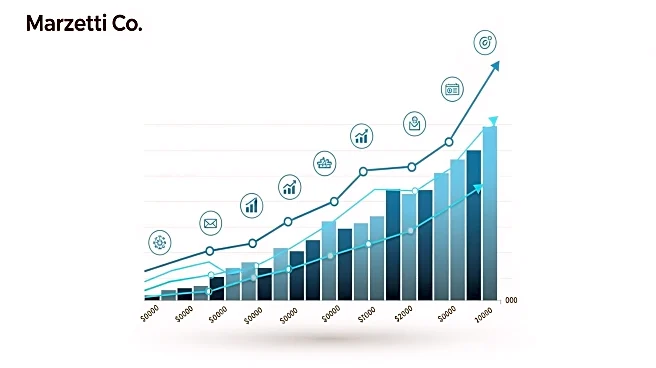What's Happening?
California's home insurance system is under scrutiny due to regulatory inefficiencies and rising premiums linked to wildfire risks. The Department of Insurance is allowing predictive models to assess wildfire risk, but the market remains uncompetitive,
leading to potential price gouging. The approval process for insurers' rate applications is lengthy, taking nearly 300 days compared to the national average of 60 days. This delay limits competition and choice for consumers. The state is urged to expedite this process and address the root causes of rising premiums, such as insufficient controlled burns to mitigate wildfire risks. Additionally, homeowners need guidance on hardening their homes, with insurance companies required to offer discounts for compliance.
Why It's Important?
The insurance crisis in California highlights the broader issue of climate-related risks affecting the insurance industry. As wildfires become more frequent and severe, insurance premiums are rising, impacting homeowners' affordability and access to coverage. The state's regulatory challenges exacerbate these issues, limiting consumer choice and competition. Addressing these problems is crucial for ensuring that homeowners can obtain affordable and adequate insurance coverage, which is essential for financial security and recovery in the event of disasters.
What's Next?
California must reform its insurance regulatory framework to speed up rate approvals and enhance competition. The Department of Insurance is expected to push for more controlled burns and implement science-based standards for home hardening. These measures could help reduce wildfire risks and stabilize insurance premiums. Stakeholders, including policymakers and insurance companies, will need to collaborate to implement these reforms effectively.















